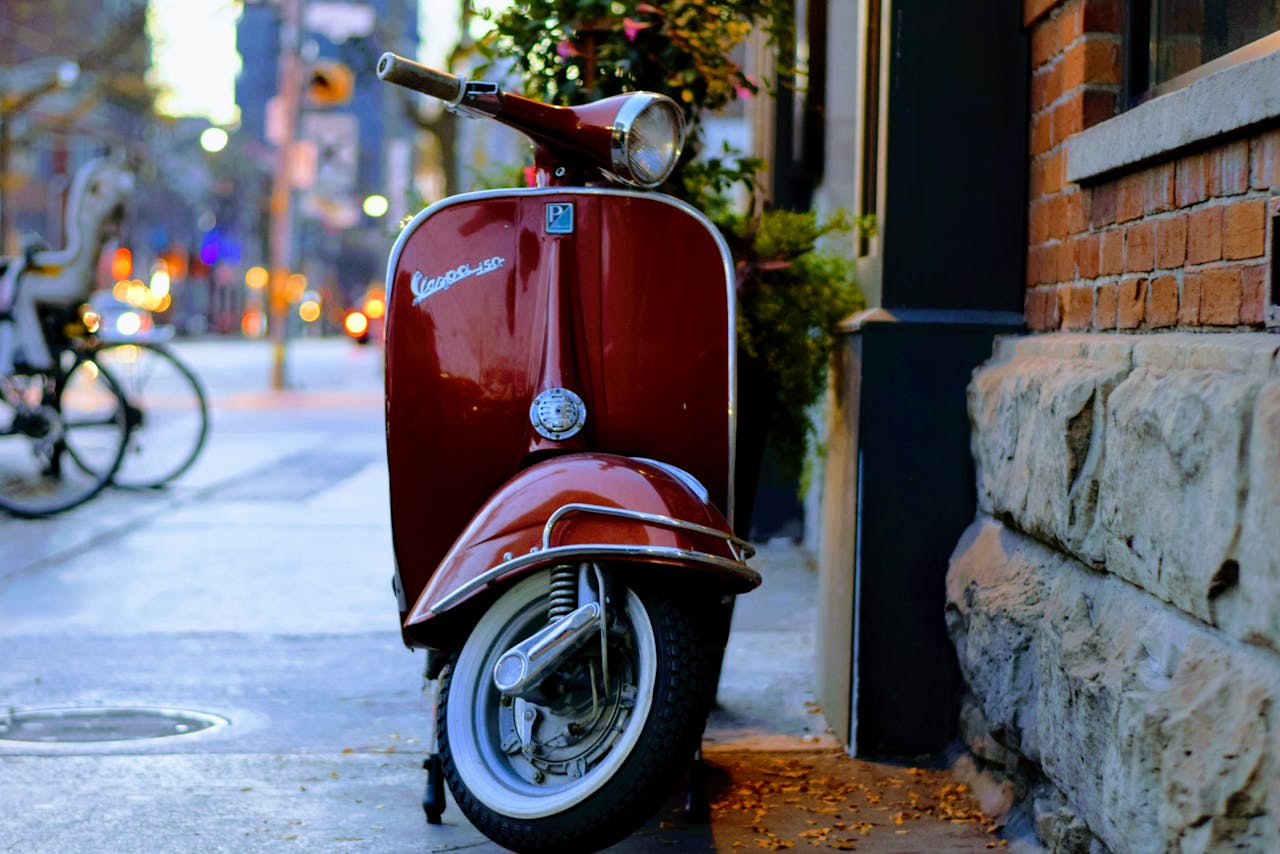Scooters and motorbikes are both popular two-wheeled vehicles that offer a convenient and efficient mode of transportation. While they may appear similar at first glance, there are significant differences between the two in terms of design, functionality, and riding experience.
This article will explore the distinctive features of scooters and motorbikes to help you understand their differences and choose the right option for your needs.
- Design and Appearance
One of the most obvious differences between scooters and motorbikes lies in their design and appearance. Scooters typically feature a step-through frame with a flat footboard, allowing riders to sit in a more upright position with their feet forward. They often have smaller wheels, a front fairing, and a storage compartment under the seat.
In contrast, motorbikes, also known as motorcycles, have a more traditional design with a larger frame and higher seat height. They usually feature a straddle seat, where riders sit with their legs on either side of the bike’s fuel tank. Motorbikes come in various styles, including cruisers, sport bikes, and touring bikes, each with distinct aesthetics and features. The GSX-S1000GX model from BMG Scooters is a beautiful example of a classic motorbike frame.
- Engine Size and Performance
Another significant difference between scooters and motorbikes is their engine size and performance capabilities. Scooters typically have smaller engines, ranging from 50cc to 250cc, which are suitable for city commuting and short-distance travel. They offer excellent fuel efficiency and are easy to maneuver in urban environments.
Motorbikes, on the other hand, come with a wider range of engine sizes, starting from 125cc for entry-level models, and ranging up to 2000cc or more for high-performance bikes. Larger engine sizes provide motorbikes with greater power and acceleration, making them suitable for long-distance travel, highway cruising, and off-road adventures.
- Transmission System
The transmission system is another key difference between scooters and motorbikes. Most scooters are equipped with a continuously variable transmission (CVT), which allows for seamless acceleration without the need for manual shifting. This makes scooters user-friendly and accessible to riders of all skill levels.
In contrast, motorbikes typically feature a manual transmission system, where riders manually shift gears using a clutch and gear shifter. While this provides greater control over the bike’s acceleration and speed, it requires more skill and experience to operate efficiently.
- Riding Position and Comfort
The riding position and comfort level also vary between scooters and motorbikes. Scooters offer a more relaxed and upright riding position, with the feet positioned forward and the hands on the handlebars. This makes scooters comfortable for short to medium-length journeys and well-suited for city commuting.
Motorbikes, on the other hand, often have a more aggressive riding position, with the rider leaning forward and the feet positioned below the body. This position is designed for better aerodynamics and handling at higher speeds but may be less comfortable for long rides or daily commuting.
To Wrap Up
While scooters and motorbikes share some similarities as two-wheeled vehicles, they also have distinct differences in design, performance, and riding experience. Understanding these differences is essential for choosing the right option based on your preferences, riding style, and intended use. Whether you prefer the nimble agility of a scooter or the raw power of a motorbike, both offer unique advantages and opportunities for riders to enjoy the freedom of the open road.



